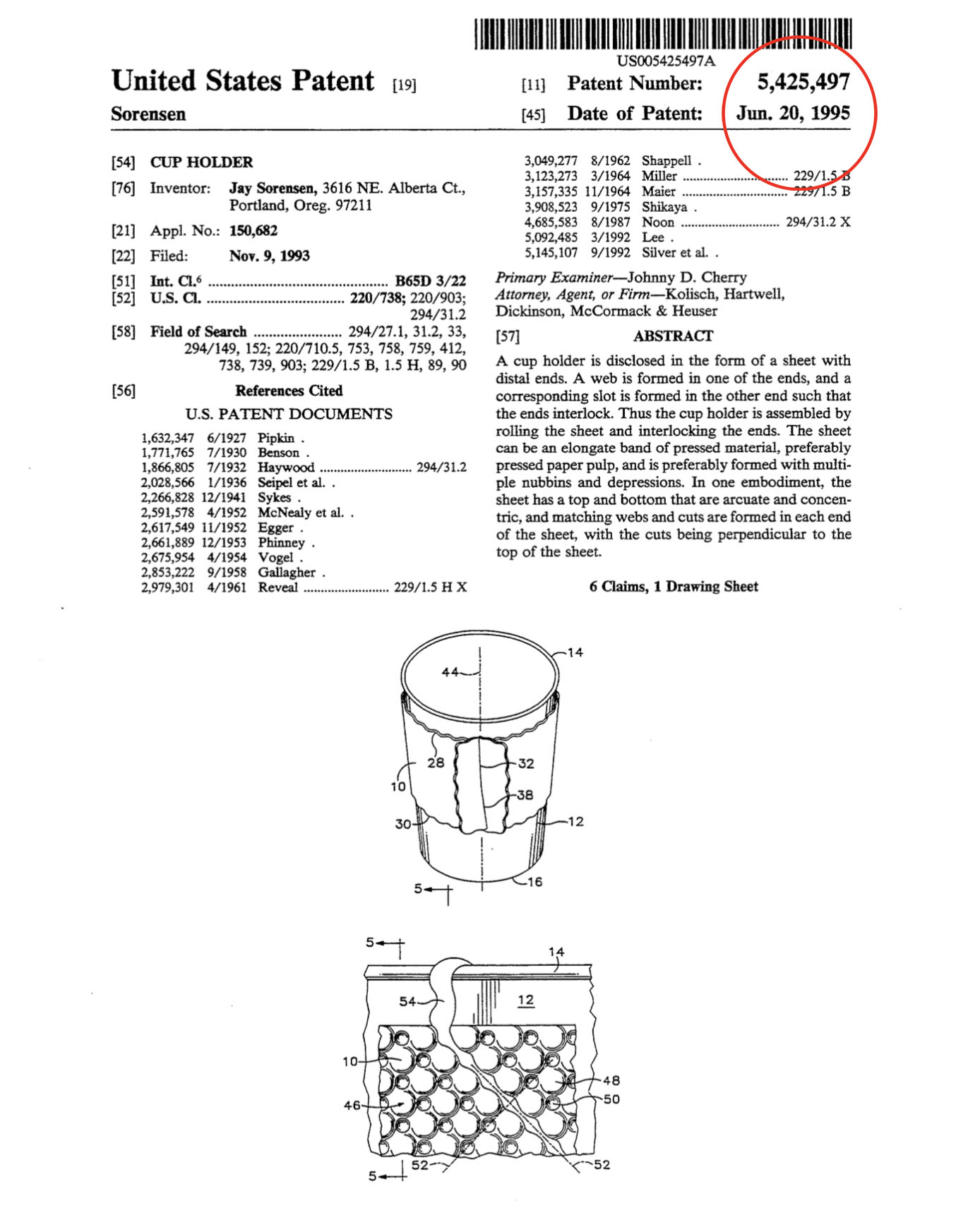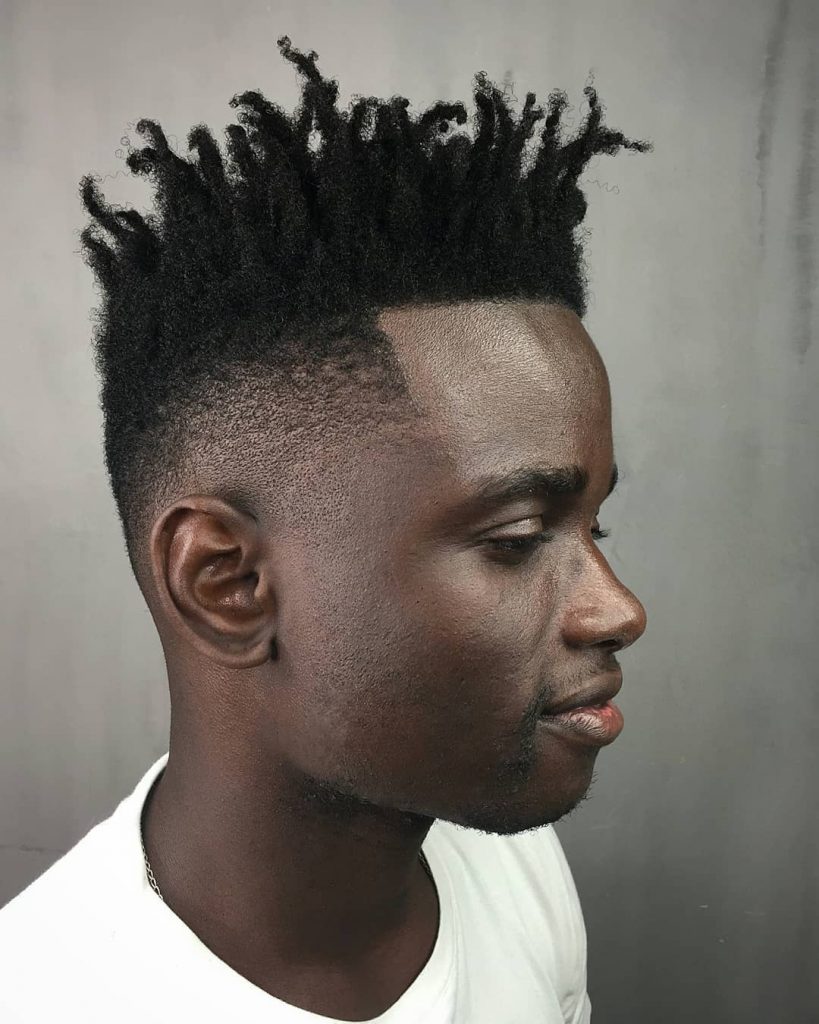Table Of Content

So that the applicant will better understand what constitutes a complete disclosure, examples of drawing disclosures and their accompanying specifications are provided on the following pages. The Figure Descriptions indicate what each view of the drawings represents, i.e., front elevation, top plan, perspective view, etc. If you move after you have filed your application, make sure you tell the USPTO what your new address is. If you don't, their replies to you could be sent to the wrong address. Send a separate "Change of Address" notification for each application that you filed. If you would like to get a receipt for your letter, there is an easy way to do this.
Broken Lines
However, the relationship between the different parts must be clear and unambiguous. (i) Where views on two or more sheets form, in effect, a single complete view, the views on the several sheets must be so arranged that the complete figure can be assembled without concealing any part of any of the views appearing on the various sheets. Otherwise, the Office may not recognize in the continuation or divisional application the change of power of attorney or correspondence address during the prosecution of the prior application.
About this article
Views must not be connected by projection lines and must not contain centerlines. Applicant may suggest a single view (by figure number) for inclusion on the front page of the patent application publication and patent. The plane upon which a sectional view is taken should be indicated on the view from which the section is cut by a broken line. The ends of the broken line should be designated by Arabic or Roman numerals corresponding to the view number of the sectional view, and should have arrows to indicate the direction of sight.
Analysis of Key Revisions of New Guidelines for Patent Examination: Examination for Partial Design - Lexology
Analysis of Key Revisions of New Guidelines for Patent Examination: Examination for Partial Design.
Posted: Mon, 08 Jan 2024 08:00:00 GMT [source]
Will My Patent Application Be Published?

The view numbers must be larger than the numbers used for reference characters. (5) Reference characters not mentioned in the description shall not appear in the drawings. Reference characters mentioned in the description must appear in the drawings. (1) Reference characters (numerals are preferred), sheet numbers, and view numbers must be plain and legible, and must not be used in association with brackets or inverted commas, or enclosed within outlines, e.g., encircled.
The numbers can be placed on the right-hand side if the drawing extends too close to the middle of the top edge of the usable surface. The drawing sheet numbering must be clear and larger than the numbers used as reference characters to avoid confusion. The number of each sheet should be shown by two Arabic numerals placed on either side of an oblique line, with the first being the sheet number and the second being the total number of sheets of drawings, with no other marking.
Industrial design laws in some countries grant – without registration – time- and scope limited protection to so-called “unregistered industrial designs”. Separate letters (not necessarily in separate envelopes) should be written for each distinct inquiry, such as assignments, payments, orders for printed copies of patents and records, and other requests. Use the USPTO's electronic filing systems to submit utility and provisional applications and many other types of correspondence. Differences of opinion about the denial of patent claims because of prior art or other patentability issues related to the merits of the application are resolved by appeal to the PTAB. The PTAB will not ordinarily hear an issue that should be decided by the Director, and vice versa. If your response to a final action does not overcome all examiner objections or if any claims have been twice rejected, consider filing an appeal with the Patent Trial and Appeal Board (PTAB).
A design for surface ornamentation is inseparable from the article to which it is applied and cannot exist alone. It must be a definite pattern of surface ornamentation, applied to an article of manufacture. Patents are granted for a limited time, such as 20 years from the date of filing for plant and utility patents and 14 or 15 years for design patents. Patents issued in the United States only offer protection within the U.S.
Utility patents are issued for inventions that are novel and useful. Plant patents are issued to applicants for plants that can reproduce. Unlike utility patents, which last 20 years and protect functionality, design patents last 14 or 15 years and don't require maintenance fees.
In order to track the progress of your application and respond to USPTO correspondence online, you must become a registered user by obtaining a customer number and verified USPTO.gov account. We highly encourage you to register in order to make the most of our systems. It is possible, though challenging, to file a patent application on your own. This may be granted to anyone who invents a new, original, and ornamental design for an article of manufacture.
If the bottom of the design is flat, a view of the bottom may be omitted if the figure descriptions include a statement that the bottom is flat and unornamented. The term "unornamented" should not be used to describe visible surfaces that include structure that is clearly not flat. In some cases, the claim may be directed to an entire article, but because all sides of the article may not be visible during normal use, it is not necessary to disclose them.
The usual reply period is three months, although the time may be extended up to the maximum six months. The specification, claims, and drawings must be amended and revised when required. This is to correct inaccuracies of description and definition or unnecessary words, and to provide substantial correspondence between the claims, description, and drawings. You must request reconsideration in writing, pointing out the supposed errors in the office action, and replying to every objection and rejection. The reply must be a good faith effort to advance the case to final action or allowance. In calculating fees, a claim is singularly dependent if it refers to a single preceding claim (either independent or dependent).
Photographs and ink drawings are not permitted to be combined as formal drawings in one application. Photographs submitted in lieu of ink drawings in design patent applications must not disclose environmental structure but must be limited to the design claimed for the article. Of primary importance in a design patent application is the drawing disclosure, which illustrates the design being claimed.
A Plant Patent Application Declaration, Form PTO/AIA/09 or PTO/AIA/03, may be used for a declaration. Only one claim is necessary and permitted; a method claim is improper in a plant patent application. The Plant Variety Protection Office (PVPO) provides intellectual property protection to breeders of new varieties of sexually reproduced, tuber propagated, and asexually reproduced plant varieties. With reference to tuber propagated plants, for which a plant patent cannot be obtained, the term "tuber" is used in its narrow horticultural sense as meaning a short, thickened portion of an underground branch.
If you are unsure whether your design could be subject to patent protection, you can look up the design patent guide on the USPTO website. Yes, you can file a design patent application as an individual or as a business. Doing so might help you save money, since you won't have to pay legal fees. Be aware that if you file an application yourself, you might have to spend many hours researching and completing paperwork. The drawings should include surface shading which helps show the object's contours.

No comments:
Post a Comment